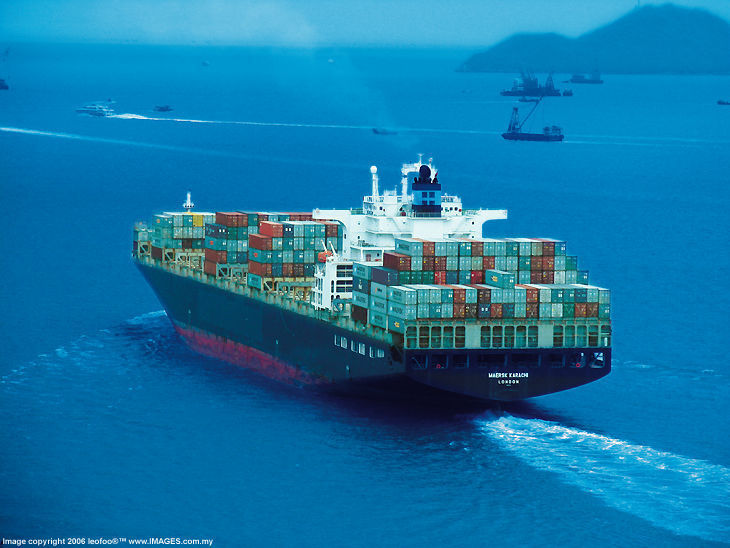Lars Kortländer, Olaf Hartenstein, Dabelstein & Passehl, Germany
Ref: OLG Nürnberg, Endurteil v. 19.10.2016 – 12 U 2194/14
Facts
The owner of a German flagged yacht was sued by another German flagged yacht owner for compensation, after the yachts collided in bad weather. Both vessels have been lying at anchor at the bay of Tiha in Croatia, about 300 – 350 meters apart, when during the night due to weather changes (wind shift as well as wind gusts) the defendant’s vessel’s anchor loosened and as a result hit the claimant’s vessel.
The court of first instance dismissed the claim on the basis that the claimant did not sufficiently proved a culpable breach by the defendant. The claimant appealed to the Higher Regional Court.
Decision
The Higher Regional Court set aside and remitted the decision by the court of first instance because the latter has not sufficiently taken into account the principles of two prima facie evidences.
Firstly, if a vessel in a steady position (a so called “Stillieger”) drifts away and as a result causes damages, there is a prima facie evidence in favour of the damaged party that the vessel which was in a steady position has been insufficiently secured. A vessel lies in a steady position (the so called “Stillieger”) if it is moored (e.g. on docks or dolphins), lying at anchor, lies aground or is stuck in ice.
Secondly, if there is a collision between a vessel in movement and a vessel that lies in a steady position (“Stillieger”) or at anchor (“Ankerlieger”), there is a prima facie evidence that the vessel’s crew of the moving vessel caused the damage. A vessel at anchor means any vessel that lies at anchor or sways.
As a principle, a prima facie evidence requires a typical course of events, which, according to the experience of life, suggests a specific cause or a specific culpable conduct and as such is in its nature so normal and customary, that the special individual circumstances are less significant. It is evidence without an exact factual basis but based on experience.
A prima facie evidence has to be challenged by the party not in favour of the prima facie evidence, for example by a full-proof of the opposite. Yet, a simplified counter evidence suffice if a serious possibility of another than the typical course of events is presented and proven. It is not sufficient to only present to the Court any possible other cause of damage. The presented alternative must be a serious possible other cause.
As an example in regard to the first mentioned prima facie evidence a full-proof of the opposite would be to prove that the vessel drifting away was correctly secured. A serious possibility of another than the typical course of events is, as the Court points out in regard to the second mentioned prima facie evidence, the anchoring within a prohibited location in the fairway or if the vessel which has been hit was not early enough recognisable especially due to missing proper lightning.
The Court furthermore made clear that both prima facie evidences are also valid during stormy conditions. Weather conditions and storm warnings have to be taken into account when securing a vessel.
Additionally, the Court pointed out that both prima facie evidences are not only valid for collisions on inland waters but also on open seas, in any case if the drifting and/or collision occured inshore.
Comment
The decision constitutes a clarification of the ambit and scope of prima facie evidences for maritime law. New in this decision is the finding by the Court that the principles used so far mainly for inland waters are expressly expanded to incidents in the open sea, in any case if the drifting and/or collision occurred inshore.
Unfortunately, the Court limits the scope of the prima facie evidences to events in the open sea occurring inshore, leaving open the question, if they apply in general in the open sea. However, the Court indicates between the lines that it favours the applicability also to events occurring anywhere in the open sea.
The decision has to be appreciated as it expands the scope of prima facie evidences to more areas where ships operate. However, for reasons of legal (and factual) clarity, it would have been even one step further into the right direction if the Court would not have narrowed the applicability in the open sea for events occurring inshore.

